Lockheed Martin eyes international customers for GPS augmentation systems
Original Publication Date: 2023-01-22 11:22
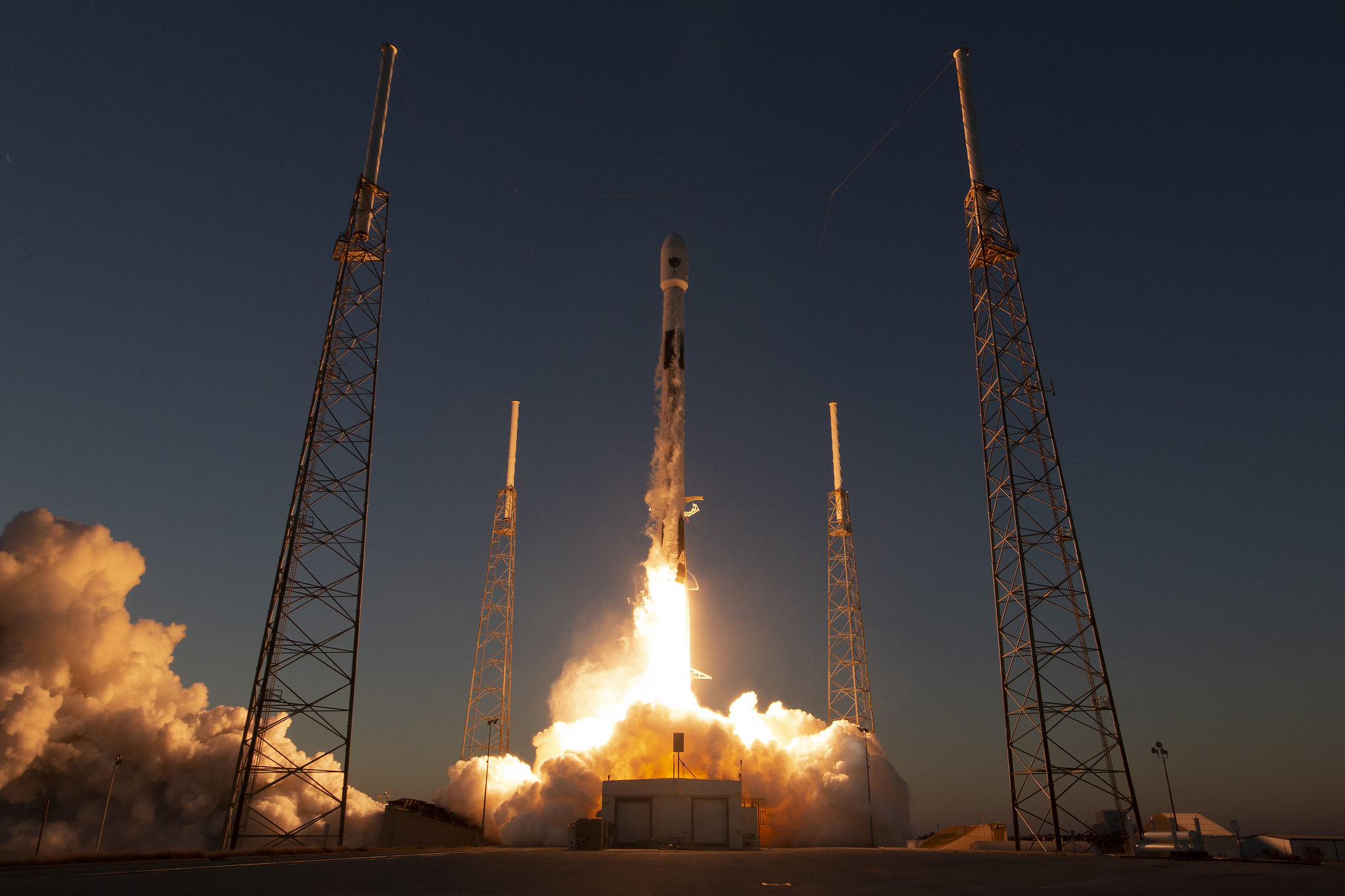
GPS 3 is a modernized version of the U.S. Military’s Global Positioning System satellites. L1C signal for civilian users is interoperable with Europe’s Galileo navigation satellites. Six GPS 3 satellites that broadcast the L1C signal have been launched since 2018. Lockheed Martin in September won a $1.18 billion 19-year contract to develop the Southern Positioning Augmentation Network.
NASA suspends efforts to fully deploy Lucy solar array
Original Publication Date: 2023-01-22 00:07
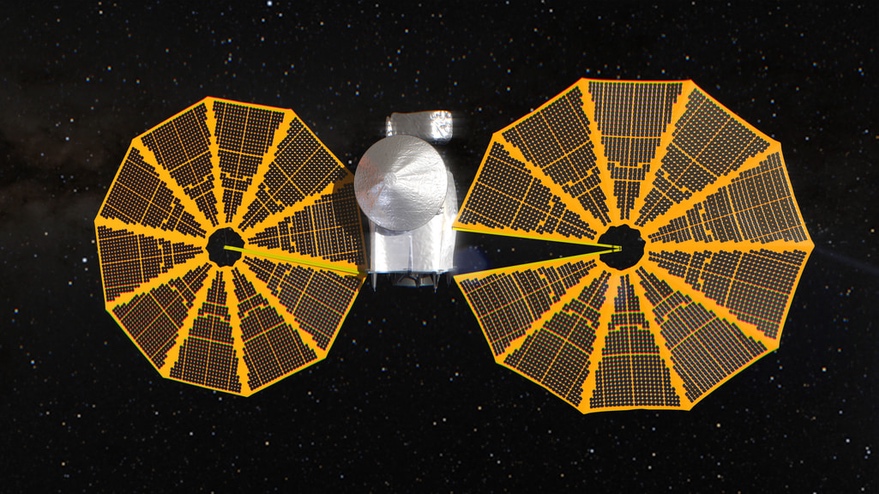
NASA has been working to fully deploy a solar array on its Lucy spacecraft. The latest effort to latch one of two solar arrays on Lucy, more than a month earlier, failed. The agency has not ruled out another attempt to lock the array, but not until late 2024.
Europe’s Jupiter-bound JUICE spacecraft is ready for April launch
Original Publication Date: 2023-01-20 23:40

Jupiter Icy Moons Explorer (JUICE) has been undergoing final assembly and testing. Airbus is set to ship JUICE in early February to Arianespace’s launchpad in Kourou, French Guiana. The European Space Agency hopes to use JUICE to peer below icy moon surfaces.
Canadian government to establish commercial launch licensing regulations
Original Publication Date: 2023-01-20 20:17
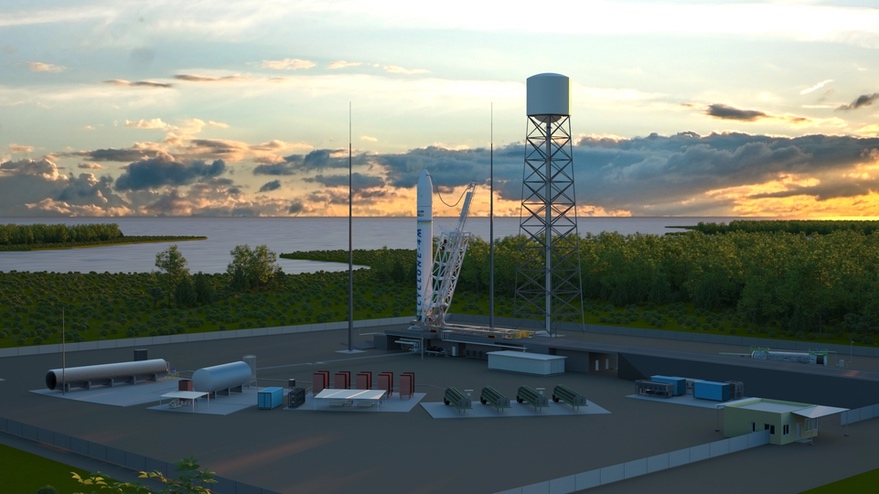
Canadian government announces plans to allow commercial launches from the country. In interim phase, government will review requests on a case-by-case basis. During that interim period, government will develop formal licensing framework. Officials didn’t indicate if new legislation will be required to establish that framework.
Space insurers toast another profitable year - SpaceNews
Original Publication Date: 2023-01-20 16:38
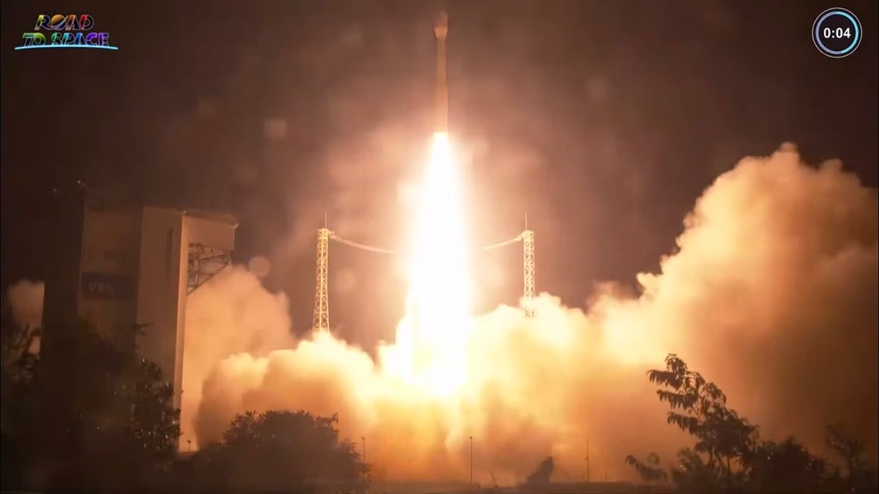
Space insurance market made a profit for 2022 despite Vega C rocket failure. Vega rocket that malfunctioned shortly after lifting off Dec. 20 was insured for around $210 million. The shift toward constellations of small satellites in low Earth orbit continues to pose questions about the shape of the insurance market.
NASASpaceFlight.com
India launches a new ocean monitoring satellite on Saturday morning. The EOS-06 spacecraft was delivered into a low Earth orbit. The mission, PSLV C54, lifted off from the Satish Dhawan Space Centre at 11:56 local time (06:26 UTC)
Commercial Archives
SpaceX carried out the first Starlink launch of 2023 with a mission placed 51 satellites into orbit. The Group 2-4 mission, which was delayed from November, lifted off at 7:43 AM PST Thursday (15:43 UTC) aboard a Falcon 9 rocket.
International Archives
Chang Zheng 2D rocket lifts 14 payloads to Sun-synchronous orbit. Launch comes at the end of a week that has also seen news about a reusable YF-100 engine. China has still been unable to make contact with its Zhurong Mars rover.
ISS Updates – Spaceflight101 – International Space Station

A veteran NASA spacewalker and an EVA rookie from Japan ended their week with nearly six hours of work outside the International Space Station on Friday. The restoration of the Station’s Mobile Servicing System started last year and continued in January to provide Canadarm2 with a new pair of grappling hands.
Featured – Spaceflight101

A SpaceX Falcon 9 took to the skies over Florida’s Cape Canaveral Monday afternoon. The flight-proven Dragon spacecraft will deliver science gear, supplies and maintenance hardware to the International Space Station. It is the first of at least six cargo ships inbound to the U.S. Segment of ISS this year.
News – Spaceflight101

Russia's Rockot booster set to blast off from the Plesetsk Cosmodrome at 17:57 UTC with the Sentinel-3B multi-function satellite. The launch is scheduled to take place at 17:57 GMT on Wednesday. The rocket will carry the multi-function Sentinel-3B satellite into orbit.
Re-Entry: Long March 11 Rocket Body – Spaceflight101

The CZ-11 fourth stage used leftover propellant for a partial de-orbit maneuver, lowering its perigee to 120 Kilometers to significantly accelerate its orbital decay. It lifted a cluster of five commercial Earth-imaging satellites into a 500-Kilometer orbit. Exact details on the fourth stage of China’s new Long March 11 launcher are not available.
NASA’s Lunar Flashlight Team Assessing Spacecraft’s Propulsion System

Lunar Flashlight is the first interplanetary spacecraft to use a new kind of “green” propellant. The SmallSat will use a new laser reflectometer built with four near-infrared lasers to shine a light into the permanently shadowed craters at the lunar South Pole. Lunar Flashlight will employ an energy-efficient near-rectilinear halo orbit.
NASA Scientists and Satellites Make Sense of Earth’s Subtle Motions

The Hayward Fault is one of the two most dangerous faults in California. The fault is now past its average of 150 years between earthquakes. Creeping faults are less likely to produce large earthquakes because the motion relieves much of the stress. NASA-Indian Space Research Organization Synthetic Aperture Radar (NISAR) will launch in 2024.
NASA’s TESS Discovers Planetary System’s Second Earth-Size World

ToI 700 e is 95% Earth’s size and likely rocky. Astronomers previously discovered three planets in this system, called TOI 700 b, c, and d. Planet e is about 10% smaller than planet d, so the system also shows how additional TESS observations help us find smaller and smaller worlds.
NASA Wants You to Help Study Planets Around Other Stars

Exoplanet Watch is a new NASA program that allows anyone to learn how science is done. Participants can use their own telescopes to detect planets outside our solar system. They can also look for exoplanets in data from other telescopes using a computer or smartphone. Scientists estimate there could be millions more exoplanets in our home galaxy alone.
NASA Space Missions Pinpoint Sources of CO2 Emissions on Earth

OCO-3 can serve as a “pathfinder” for next-generation satellite missions. OCO-2 and OCO-3 can be applied to more power plants or modified for carbon dioxide emissions from cities or countries. NASA recently announced that mission operations will be extended for several more years aboard the space station.
Watch the Latest Water Satellite Unfold Itself in Space

The Surface Water and Ocean Topography (SWOT) satellite launched into Earth orbit on Friday, Dec. 16. The solar arrays fully deployed shortly after launch, taking about 10 minutes. The mission monitors and controls the satellite using telemetry data, but it also equipped spacecraft with four customized commercial cameras.
Construction Begins on NASA’s Next-Generation Asteroid Hunter
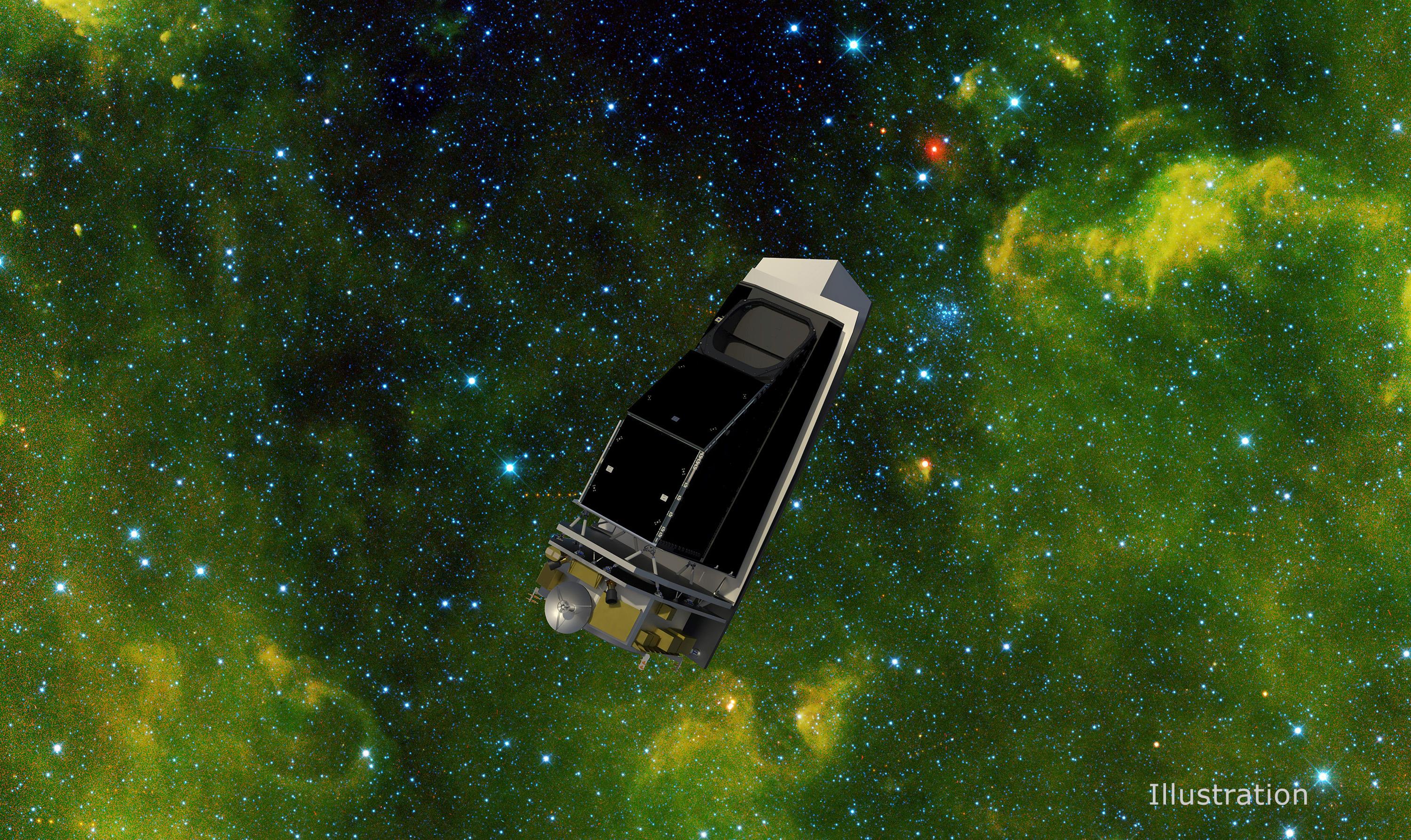
NASA’s Near-Earth Object Surveyor (NEO Surveyor) recently passed a rigorous technical and programmatic review. Now the mission is transitioning into the final design-and-fabrication phase. The mission supports the objectives of NASA’s Planetary Defense Coordination Office (PDCO) at NASA Headquarters in Washington.
